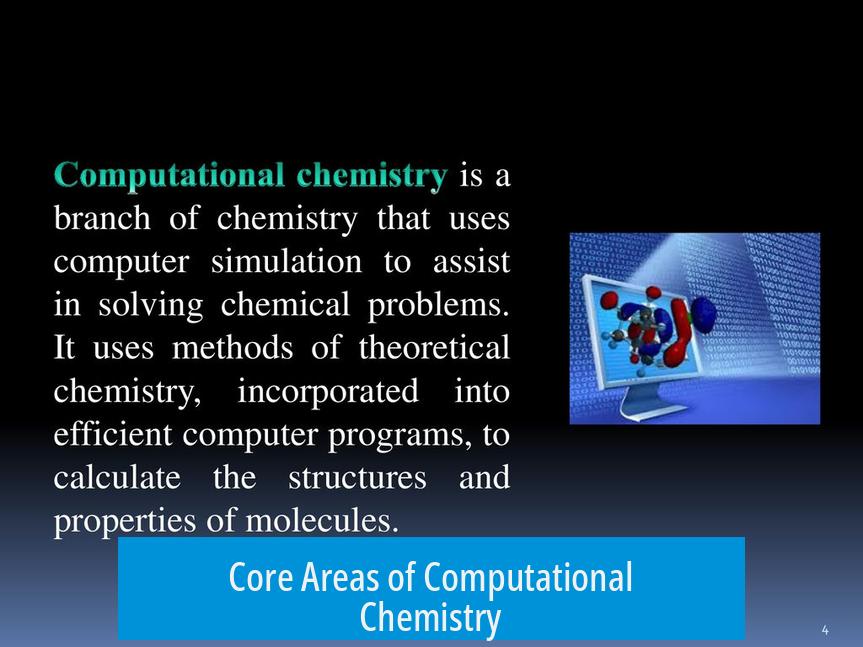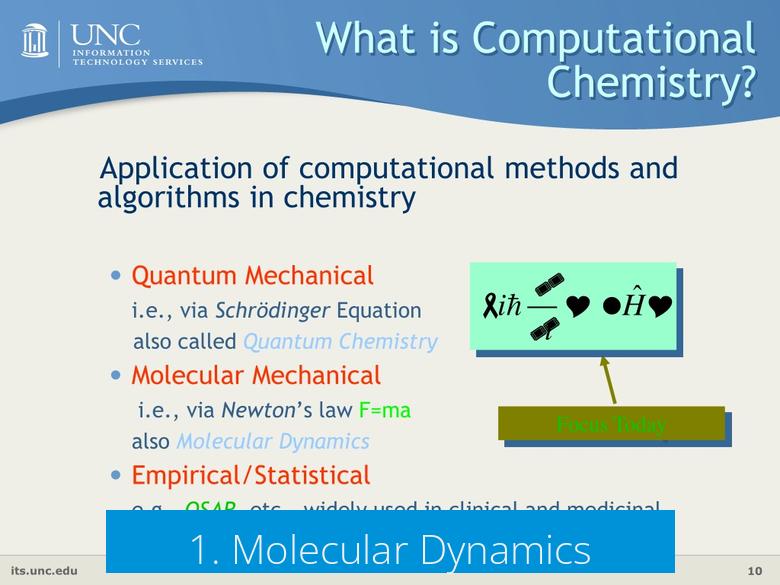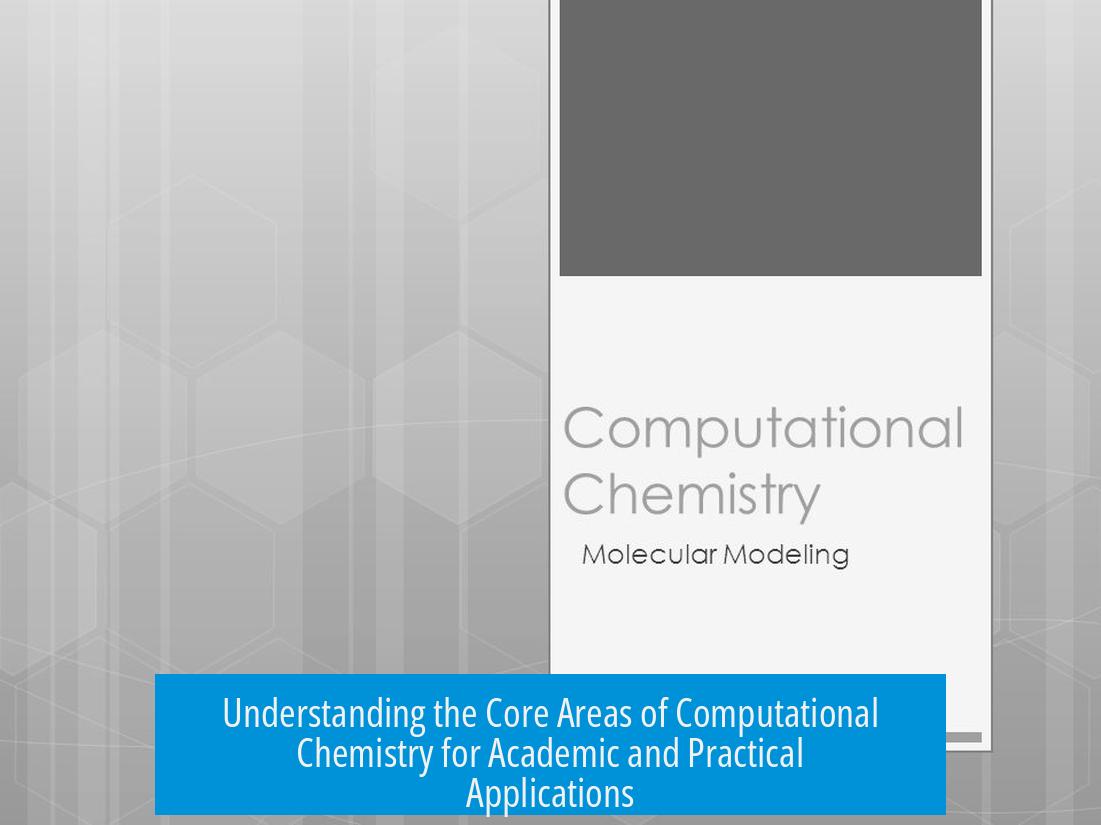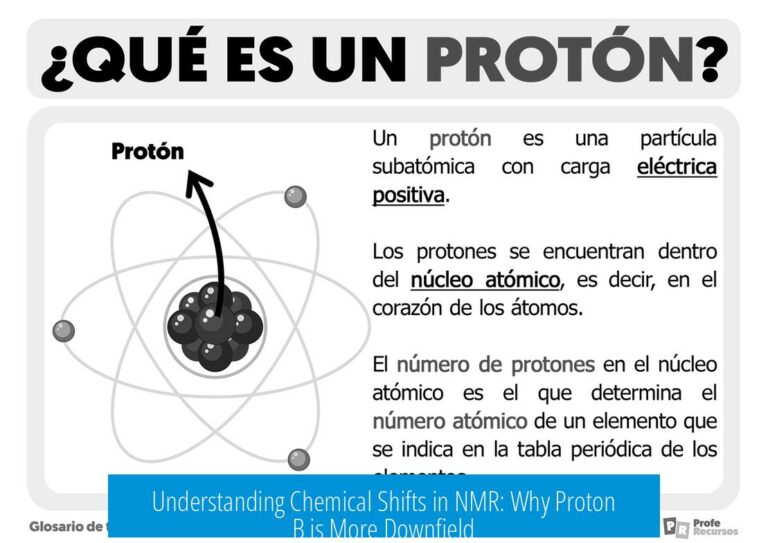Computational Chemistry: Exploring Molecular and Material Worlds Through Computation
Computational chemistry employs computer simulations and theoretical methods to study molecules and materials. It enables detailed analysis of chemical systems that are otherwise hard to probe experimentally. This field covers diverse areas such as molecular dynamics, material modeling, method development, and chemical informatics, integrating complex physics, chemistry, and computer science principles.
Core Areas of Computational Chemistry

1. Molecular Dynamics

Molecular dynamics studies the time-dependent behavior of molecules and macromolecules. It tracks atomic and molecular motions to understand processes like protein folding, reaction pathways, and catalysis. By simulating how atoms interact and move, researchers gain insights into dynamic chemical phenomena at the molecular level.
- Focus: Protein dynamics, reaction mechanisms, catalysis.
- Technique: Integration of Newton’s equations of motion for atoms.
- Application: Understanding biochemical reactions and enzyme functions.
2. Material Modeling
This area analyzes how changes in material structure affect properties such as stability and electronic characteristics. Computational tools predict how doping or structural modifications impact band gaps and conductivity. Density Functional Theory (DFT) serves as a common baseline method to compute electronic structures reliably.
- Focus: Structural-property relationships in materials.
- Techniques: Density Functional Theory and molecular dynamics.
- Application: Designing semiconductors, catalysts, and novel materials.
3. Method Development
Method development focuses on creating or improving computational techniques. This includes designing more efficient functionals for DFT or algorithms for faster and accurate simulations. Advances here push the boundaries of what chemical problems can be solved computationally.
- Focus: Enhancing computational accuracy and efficiency.
- Examples: New DFT functionals, improved force fields, hybrid methods.
4. Informatics in Chemistry
Informatics applies data science and machine learning to chemical information rather than purely focusing on chemical processes. This field handles large chemical datasets to identify patterns, predict properties, or optimize synthesis routes.
- Focus: Data analysis, machine learning, chemical databases.
- Application: Predicting drug activity, reaction outcomes, material screening.
5. Interdisciplinary and Hybrid Approaches
Computational chemistry increasingly combines different methods. For instance, machine learning can accelerate molecular dynamics simulations. Studying effects like doping on catalytic properties often mixes material modeling with dynamics and informatics.
- Examples: Using machine learning potentials for faster simulations.
- Studying catalytic reactions under different material modifications.
Academic Preparation for Computational Chemistry
Undergraduate Level
Entering computational chemistry typically requires a strong foundation in physical chemistry, especially thermodynamics. While domain-specific classes are not always mandatory, basic proficiency in programming proves beneficial.
- Key courses: Physical chemistry focusing on thermodynamics.
- Recommended: Introductory coding or computer science courses.
- Note: Participation in research groups is possible but less common at this stage.
Graduate Level and Beyond
Most computational chemistry roles demand graduate-level training. Advanced courses in statistical thermodynamics, classical thermodynamics, and quantum mechanics form a required background. Strong knowledge of these topics improves understanding of simulation methods and theoretical models.
- Required courses: Complete undergraduate physical chemistry, graduate thermodynamics.
- Helpful knowledge: Quantum mechanics applications in chemistry.
- Graduate research: Often the primary venue for advanced computational chemistry work.
Computational Chemistry in Practice
Scale and Computational Needs
Computational chemistry tackles physical chemistry problems at scales unreachable experimentally or impractical without advanced computers. Supercomputers and high-performance computing clusters are standard tools for large-scale simulations.
- Scale: From small molecules to macromolecular assemblies and materials.
- Hardware: Usage of supercomputers enables processing vast data.
Pharmaceutical Industry Applications
Pharmaceutical companies employ computational chemistry extensively for drug discovery. They harness massive supercomputer networks combined with artificial intelligence to screen large chemical libraries for potential therapeutics efficiently.
- Use: Predict binding affinities, drug-target interactions.
- Methodologies: AI-enhanced molecular docking, quantitative structure-activity relationships.
Studying Small-Scale Systems
Computational chemistry allows detailed observation of systems difficult to measure in laboratories. Researchers examine molecular motions during reactions, transitions, and complex chemical events. This insight provides valuable data beyond what conventional experimental setups can offer.
- Examples: Watching individual molecule dynamics during experiments.
- Benefit: Understanding mechanisms at a microscopic level.
Philosophical Perspective
Computational chemistry serves as a tool to process complex interactions and multiple simultaneous answers that humans cannot easily comprehend. It essentially confirms knowledge embedded in physical chemistry by simulating interactions that are too intricate for unaided human analysis.
Learning Resources and Recommendations
YouTube Channels
- Chris Cramer: Advanced computational chemistry topics presented by an expert in the field. Suitable for experienced learners.
- Yingbin Ge (Physical Chemistry Tutorial): Offers accessible content ideal for beginners seeking entry into computational chemistry.
Further Resources
Books and courses on quantum chemistry, thermodynamics, and simulation techniques support deeper understanding. Seeking out specialized textbooks and research articles strengthens both theoretical and practical skills.
Summary of Key Points
- Computational chemistry examines molecules and materials via simulations using physics-based models.
- Major areas include molecular dynamics, material modeling with DFT, method development, and chemical informatics.
- Strong physical chemistry and programming foundations are vital, especially at graduate levels.
- Supercomputing resources enable studies inaccessible by experiments alone, such as drug screening and molecular motion tracking.
- Interdisciplinary approaches combining machine learning and classical methods accelerate research.
- Learning aids like specialized YouTube channels and books enhance accessibility at different expertise levels.





Leave a Comment